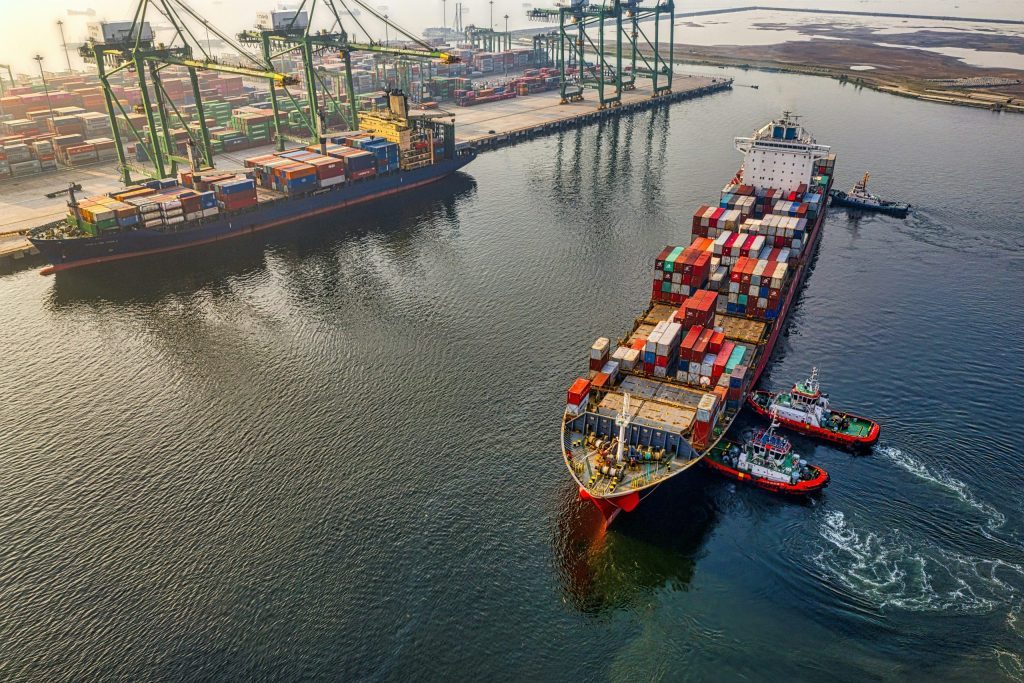Rapid Growth in Asia-to-Mexico Shipping
The trade winds are shifting, and the Asia-to-Mexico route is experiencing a significant uptick in activity. Leading shipping companies, including MSC, CMA CGM, and Cosco, have recently inaugurated express container shipping services, directly connecting key Asian ports with the bustling docks of Mexico.
Strategic Service Launches
Cosco Shipping Lines, along with its subsidiary OOCL, has introduced the Transpacific Latin Pacific 5 (TLP5) service, promising direct and efficient trade links between China, South Korea, Japan, and Mexico. This service is a strategic move to capitalize on the burgeoning market opportunities in these regions. The TLP5 line boasts impressive transit times ranging from 15 to 20 days from Qingdao, China, to Mexican ports, utilizing a fleet of vessels with capacities between 4,000 and 6,000 TEUs.
CMA CGM is not far behind, with the imminent launch of their M2X – Mexico Express Service. This service is tailored to streamline the flow of goods from the Far East to Mexico’s western ports, reflecting the dynamic market conditions. The M2X will operate on a weekly schedule, with a fleet of eight ships serving a comprehensive port rotation that includes Tianjin, Qingdao, Busan, Ensenada, Manzanillo, Lazaro Cardenas, Yokohama, and back to Tianjin.
MSC is also entering the fray with a loop shuttle service set to commence on May 15. The MSC Apollo will spearhead this service from Qingdao, enhancing the frequency and coverage between Asia and Mexico. This addition complements MSC’s existing network, which includes the Andes, Aztec, Inca, and Santana lines.
Market Dynamics and Implications
The surge in container bookings from China to Mexico, which has seen an 11% increase in Chinese direct investments in Mexico in 2023, is indicative of the growing economic interdependence between the two regions. While the exact drivers of this increased demand for container services are varied, they may include the nearshoring of manufacturing to Mexico and geopolitical tensions influencing trade routes.
The data from FreightWaves’ SONAR Inbound Ocean TEU Volume Index underscores this trend, with a 44% increase in import container bookings from China to Mexico over the past year, and a staggering 145% since March 1. This growth trajectory is a clear signal of the strategic importance of the Asia-to-Mexico trade lane in the global shipping landscape.




